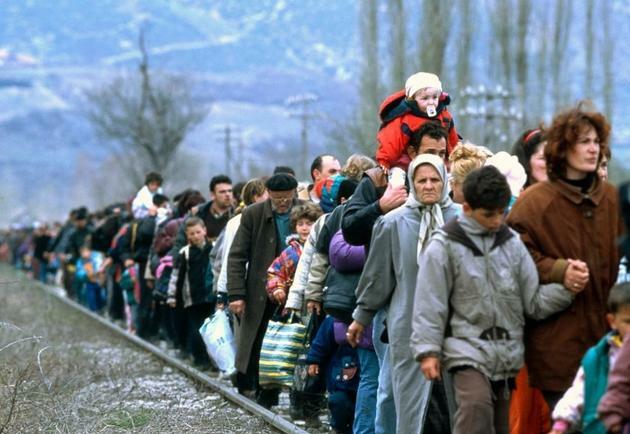it is understood by population explosion the high population growth of the world or of a certain territory or region. It can be caused by different reasons, varying according to the historical period and different locations.
Two thousand years ago, it is estimated that the number of inhabitants on Earth was not more than 250 million people. In 1650, the number reached 500 million. In 1850, the planet finally reached the home of 1 billion people; in 1950, 2.5 billion; in 1987, 5 billion and, in 2010, nearly 7 billion people.
A quick reading of these data shows that the world population took over 1600 years to double its size and then another 200 years to double again. Subsequently, the planet continued its high population growth, especially when it jumped from 2.5 billion to 5 billion in just 37 years. Due to this extremely fast and high population growth, the expression “demographic explosion” was created in the 1980s.
As a result, there was a certain alarmism on the part of some governments, analysts and the population. The main concern referred to the availability of spaces and resources to house this mass of people, as well as the environmental impacts caused by the “excess of people” in the world. However, this alarmism proved unnecessary.
What is currently perceived is a reduction in the increase in the number of inhabitants on the planet. Therefore, many authors no longer use the term “demographic explosion” to define the high population growth throughout the 20th century, but the term “demographic transition”, because this was a period in which the fall in death rates was not accompanied by the fall in birth rates, which is only happening now.
Do not stop now... There's more after the advertising ;)
This high rate of population growth in the last two centuries was mainly due to the processes of Industrial Revolutions. As a result, most of the population began to live in cities, which contributed to this growth in the number of people.
However, at first, most populations of cities in developed countries lived in precarious conditions, which contributed to the high rates of mortality rates. As the reduction in this mortality only occurred in the 20th century, an unprecedented increase in the population was then observed, which can be considered as something momentary. It is worth remembering that this same process is taking place in underdeveloped countries, belatedly.
Estimates by the UN (United Nations) indicate that, in 2050, the world population will reach 9.2 billion people, a growth slightly greater than 30% compared to 2010. In other words, considering that the population doubled (increased 100%) in 37 years during the 20th century, it is clear that the trend is not the same anymore.
Even with the lower population growth in the coming years, there is still some alarmism with regard to the availability of resources and conditions for maintaining this contingent of people. However, it should be noted that technological advances continue to happen and, above all, that the big problem of the cases of hunger and lack of resources in the world is not in the amount of available wealth, but in its bad distribution.
By Rodolfo Alves Pena
Graduated in Geography


